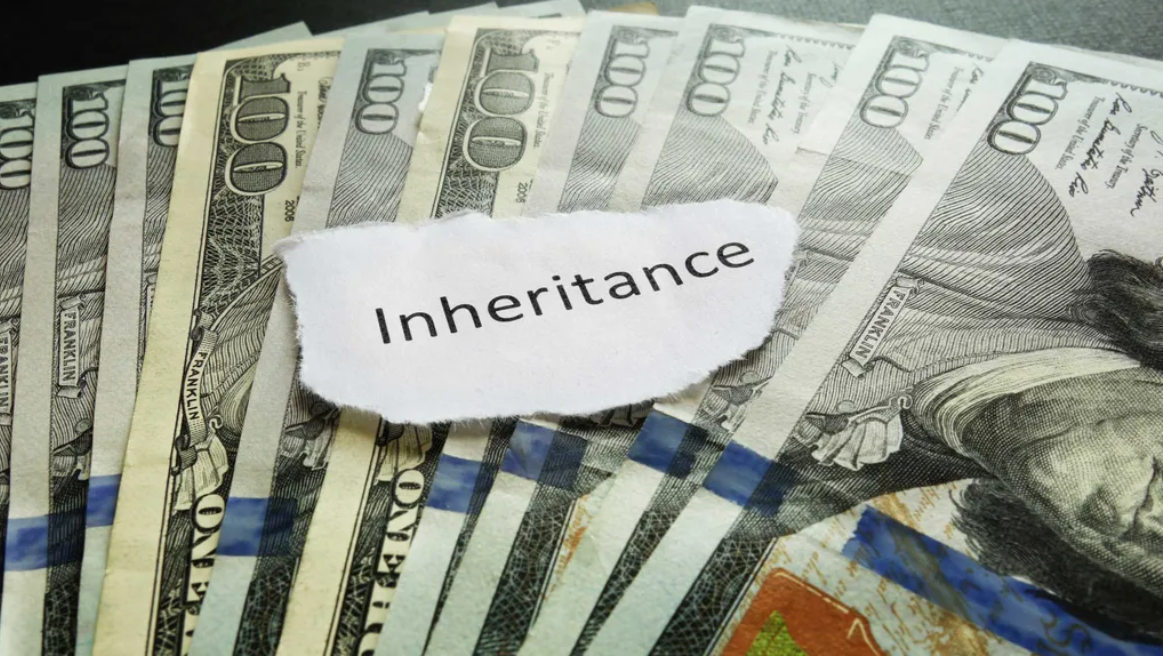Published 22 June 2024
Before taking Social Security benefits, consider your timing. Start too early and you could miss out on additional benefits. But wait too late and you could end up draining other assets that would have been better left to grow.
There’s a lot to know about Social Security in order to get it just right, and many people don’t know the ins and outs. In fact, 44% of Gen Z respondents said they didn’t know what Social Security is or what it does at all in a recent survey by Atticus.
So here, we take a look at what to consider before taking Social Security, so you can make a holistic, informed decision.
1. Taking Social Security? Watch out for three birthdays
There are three important birthdays to pay attention to when thinking about taking Social Security:
- 62: This is the earliest age you can begin receiving a benefit, but only a reduced amount.
- 66-67: Your full retirement age when you become eligible for your full benefit.
- 70: The age when your benefits stop increasing if you delay claiming.
Age isn’t the only factor in determining when you should take Social Security, either. Other considerations include your and your family’s health, longevity, spousal benefits options and what other financial assets you have, says James Hutchens, a senior wealth adviser at Northern Trust.
“The age that you start to take Social Security, combined with your life expectancy, can lead to a difference of hundreds of thousands of dollars over your lifetime, or potentially your spouse’s lifetime,” Hutchens says.
You’ll also want to consider your other retirement income. If delaying Social Security will mean you need to withdraw from other assets, it may make more sense to start your benefits. This will let you keep your other assets invested.
2. What is the full retirement age?
Social Security full retirement age, or FRA, is the age at which you become eligible to receive 100% of your benefit. This age is based on the year you were born and ranges from 66 to 67.
If you wait to claim Social Security benefits until after your FRA, you’ll receive a larger monthly payment. Benefits increase by 8% for each year you delay taking Social Security after full retirement age. Once you reach age 70, your benefits stop increasing, so don’t keep delaying after that.
3. Can I take Social Security benefits early?
While you can begin taking Social Security as early as age 62, your benefit will be reduced by 25% to 30% if you do. Your spouse’s benefit could also be reduced.
That said, there are still good reasons to take Social Security early despite this reduction. For example, if you’re in poor health or want to retire early.
You become eligible to receive 100% of your benefit at your Social Security full retirement age. This age is based on the year you were born and ranges from 66 to 67. If you delay claiming, your Social Security benefit will increase by 8% for each year you wait until you reach age 70.
4. When should I take benefits?
Deciding when to take Social Security involves a lot of moving parts. One strategy to picking the optimal date is to use your break-even point. This is the age you must reach to make waiting to claim until full retirement age worthwhile.
Some may not think they’ll live long enough to make delaying worthwhile, in which case claiming early is the best route. But it’s also important to factor your spouse into the equation if you’re married.
5. What if I am married?
Married couples have more options for taking Social Security. As long as you and your spouse have been married for at least one year, you can receive a spousal benefit or your own benefit. Exceptions to the one-year rule are if you’re parenting your spouse’s child or are or were entitled to benefits under the Railroad Retirement Act the month before you got married.
One spouse can claim a benefit without impacting the other spouse’s benefit amount. However, claiming Social Security early also reduces the spousal benefit.
If you apply for both a spousal benefit and your own, you’ll receive the higher of the two. Unfortunately, you cannot file for a spousal benefit and delay your own benefit if you turned age 62 on or after January 2, 2016.
6. Can I change my mind on Social Security?
The good news is that you can change your mind after you start taking Social Security. You can stop and restart Social Security benefits. Doing so may enable you to increase your benefit as if you had delayed taking it initially.
How you go about this will depend on the length of time you’ve been receiving benefits. You may need to repay all of the benefits you and anyone who claimed benefits under your record received. You may also need to wait to press pause on your benefit until you reach your FRA.
You should also be aware that stopping your Social Security will mean you need to pay your Medicare Part B premiums directly.
The bottom line
When to start taking Social Security is a question every retiree faces. The decision impacts not only your financial future, but also that of anyone who claims a benefit under your record. It’s a lot of responsibility to rest on your own shoulders, which is why the best strategy may be to work with a financial professional who can help you weigh all your options.
Source: https://www.kiplinger.com/retirement/social-security/taking-social-security-six-questions-to-ask-before-you-act














